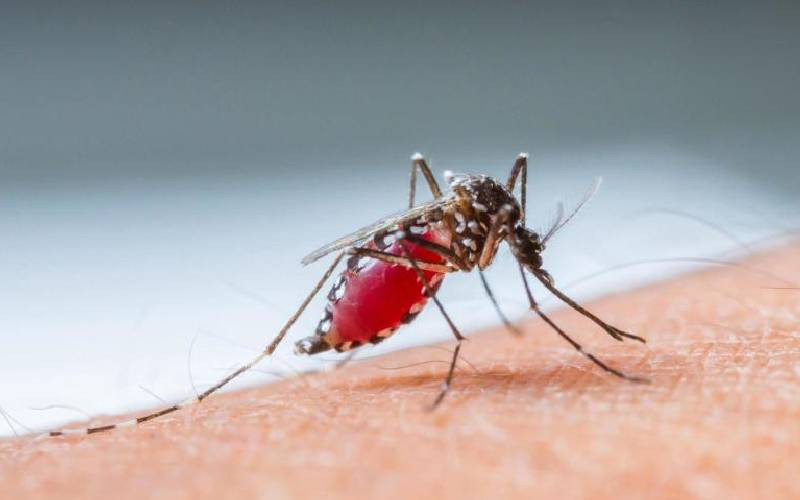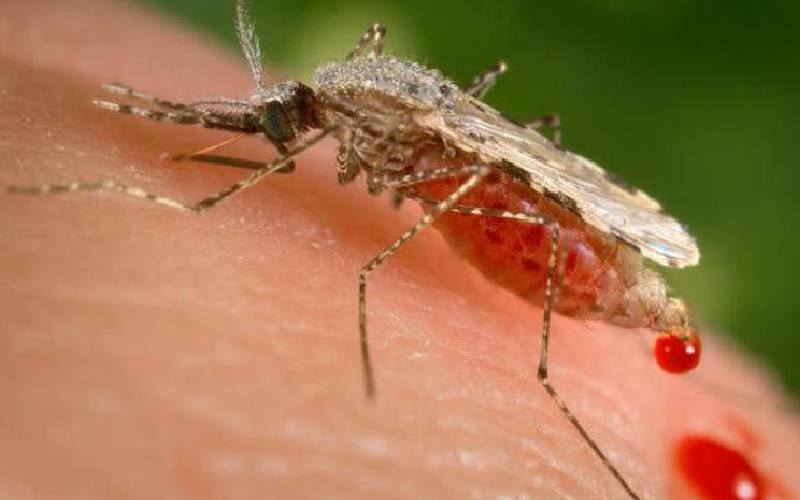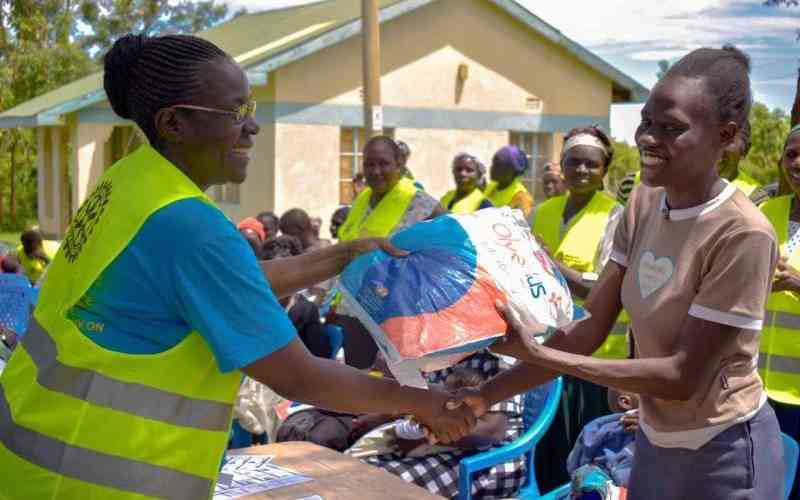Kilifi, Kenya - The local preference for herbal over conventional medicine has been blamed for the high malaria prevalence rate, making the disease the leading cause of ill health in the region.
According to official statistics, about 150,000 people were infected with malaria last year, translating to a 41.9 per cent increase from the 2013 infection figure of 84,646 cases.
According to Medical Services Executive Timothy Malingi, the disease has been classified as a leading killer in the region.
World Health Organization (WHO) report indicates that Western, Nyanza and Coastal regions lead with a high malaria prevalence rate compared to other regions.
Releasing the data at Vishakani in Kaloleni sub-county during the World Malaria Day, Dr Malingi said the county administration had put measures in place to combat the disease.
“The Malaria indicator survey in Kilifi County for 2014 showed that 154,344 people who visited our health facilities were found to have been infected with the malaria virus,” he said adding, “Most of those diagnosed with the disease visited health facilities as outpatients.”
The county health management team has been conducting an annual malaria infection survey, and in the year 2012, 59,651 people were found to be malaria positive.
Malingi blamed the high malaria rate on the false belief that the disease is a curse, and cannot be treated in hospitals.
“Our people still believe that malaria is caused by witchcraft and for that case, they prefer seeking treatment from local herbalists instead of visiting certified health centres, something which leads to many deaths especially among children,” he said.
In contrast, malaria infection has drastically dropped and is no longer a threat in Taita Taveta County.
Health Executive Gifton Mkaya and Chief Officer Catherine Mwamuzi said the county has had a positive rate of less than 10 per cent in malaria infection.
POSITIVE RATE
“Malaria is no longer a threat in the region. We have a positive rate of 9.84 per cent and this translates to minimal malaria deaths and a major win in the fight against the tropical disease,” said Mr Mkaya.
Dr Mwamuzi attributed the decline to high levels of investment in the sector and massive public awareness campaigns and health education.
Stay informed. Subscribe to our newsletter
The Taita Taveta administration has in the past distributed insecticidal bed nets to more than 216,000 people. About 55,000 households benefited from the free nets to fight malaria in the region.
“We are also conducting residual spraying of homesteads and at the same time asking residents to clear bushes in their compounds to avert mosquito breeding,” said Mkaya.
He added that like the people of Kilifi, there are still those in his county who are using herbs as a measure to cure malaria with others seeking the services of traditional medicine men.
Mkaya said the belief in herbs and traditional medicine men to cure malaria was hampering the efforts to eradicate the malaria menace.
Speaking during the World Malaria Day in Mbale, Taita sub-county, Mkaya said diabetes and high blood pressure remains a major challenge in the region.
“Diabetes and high blood pressure remain the biggest killer diseases in the region.
“The diseases are the silent killers of the local population,” he told the gathering. The celebrations were presided over by Governor John Mruttu.
 The Standard Group Plc is a
multi-media organization with investments in media platforms spanning newspaper
print operations, television, radio broadcasting, digital and online services. The
Standard Group is recognized as a leading multi-media house in Kenya with a key
influence in matters of national and international interest.
The Standard Group Plc is a
multi-media organization with investments in media platforms spanning newspaper
print operations, television, radio broadcasting, digital and online services. The
Standard Group is recognized as a leading multi-media house in Kenya with a key
influence in matters of national and international interest.
 The Standard Group Plc is a
multi-media organization with investments in media platforms spanning newspaper
print operations, television, radio broadcasting, digital and online services. The
Standard Group is recognized as a leading multi-media house in Kenya with a key
influence in matters of national and international interest.
The Standard Group Plc is a
multi-media organization with investments in media platforms spanning newspaper
print operations, television, radio broadcasting, digital and online services. The
Standard Group is recognized as a leading multi-media house in Kenya with a key
influence in matters of national and international interest.







